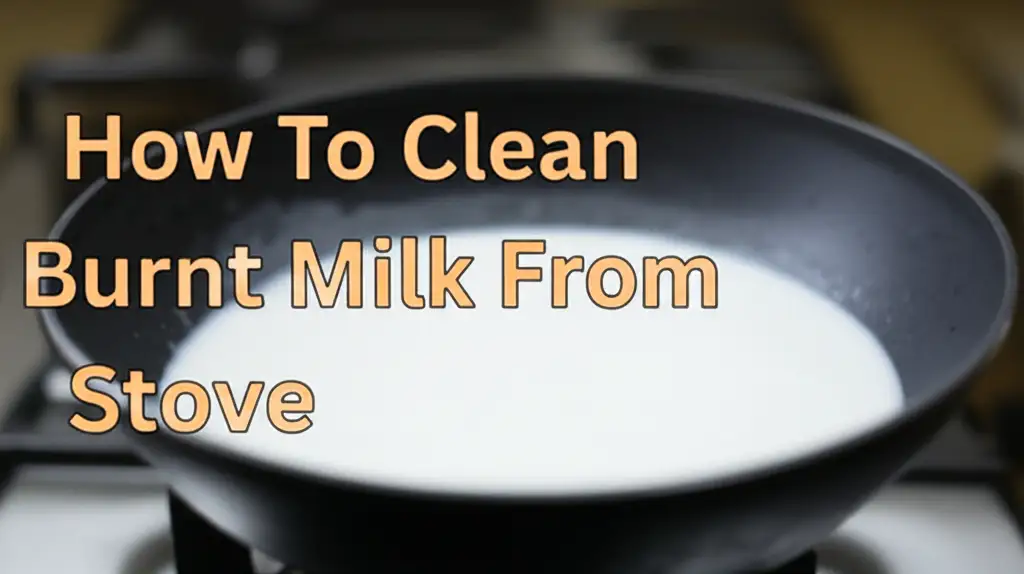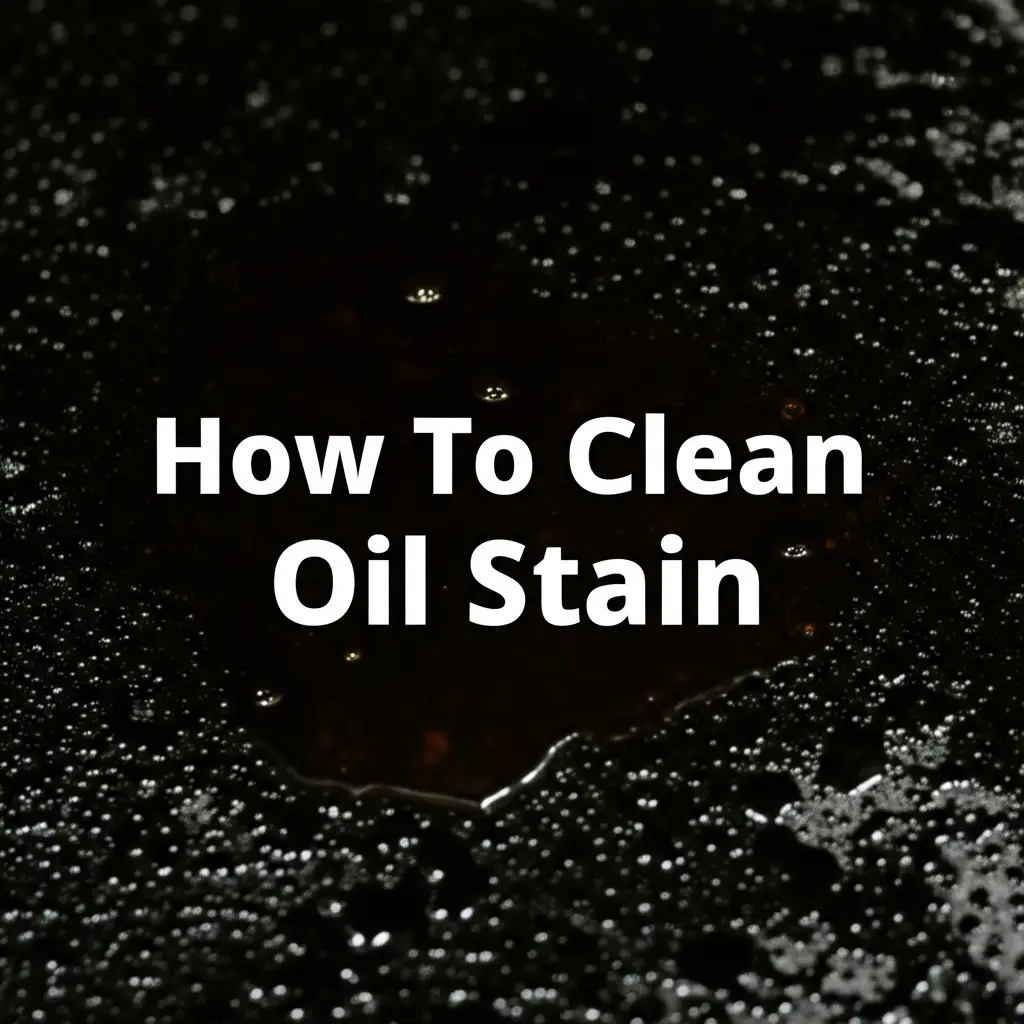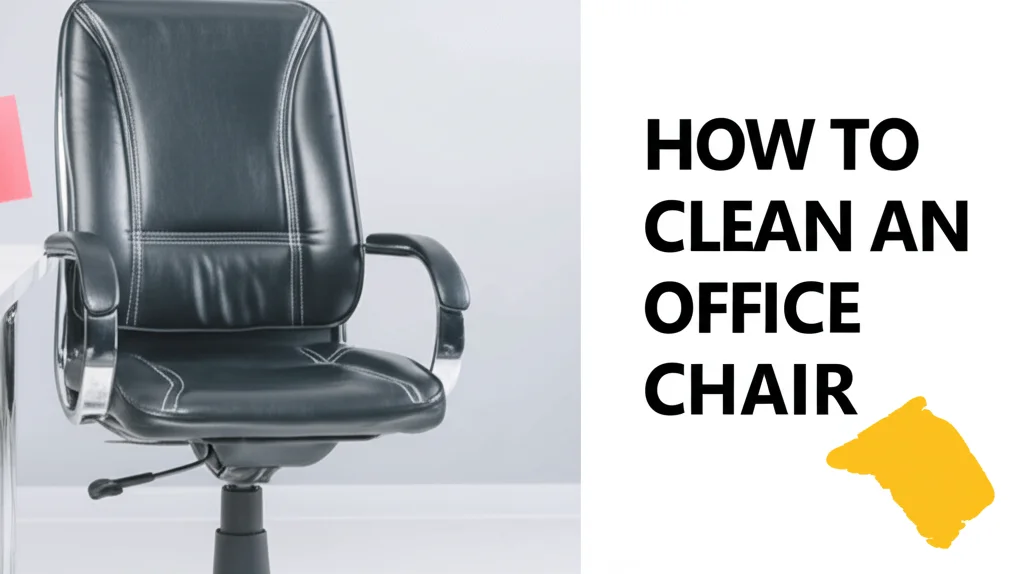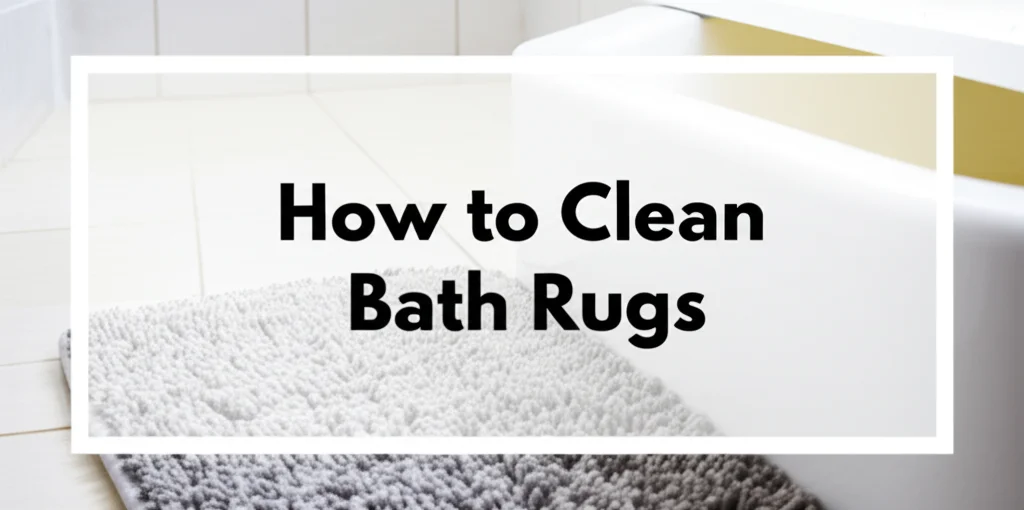· Home Cleaning · 16 min read
How To Clean Hot Plate
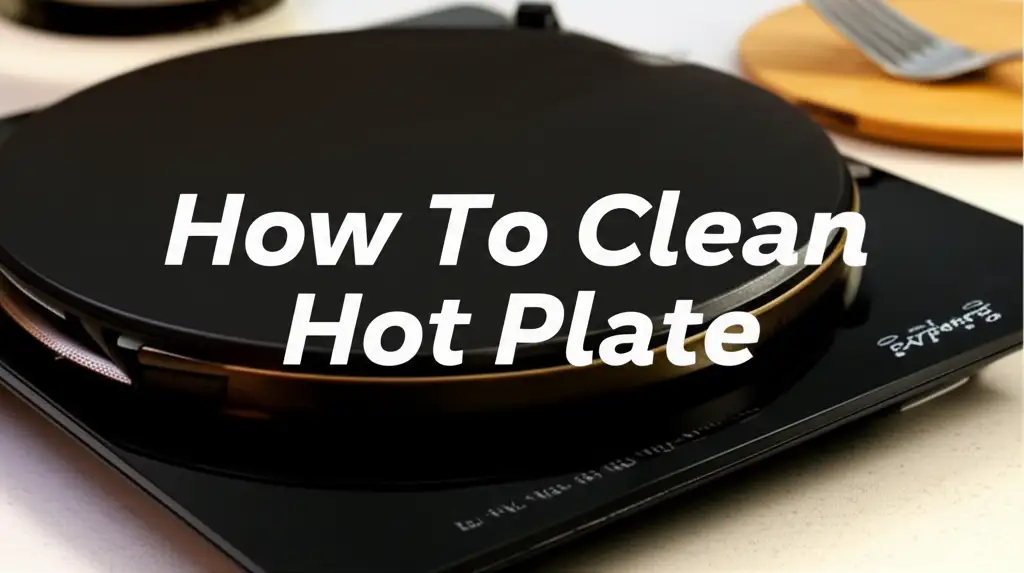
Revitalize Your Cook Space: How To Clean Hot Plate Effectively
Hot plates are handy kitchen appliances. They offer extra cooking space or serve as your main burner in small areas. Over time, spills and food splatter make them dirty. A dirty hot plate looks bad. It also works less efficiently. Knowing how to clean hot plate surfaces properly extends its life. It also keeps your cooking environment safe. This guide shows simple, effective ways to clean any hot plate type. You will learn the right tools and techniques for various messes.
Takeaway
- Regular cleaning prevents stubborn grime.
- Different hot plate types need specific cleaning methods.
- Always unplug and let the hot plate cool before cleaning.
- Use mild cleaners first; apply stronger solutions for tough spots.
- Maintain your hot plate to ensure its longevity and performance.
Quick Answer
To effectively clean a hot plate, first unplug it and let it cool completely. Then, use a damp cloth with mild dish soap to wipe down surfaces. For baked-on food, apply a baking soda paste. Gently scrub, rinse, and dry the hot plate.
Understanding Your Hot Plate: Types and Cleaning Needs
Hot plates come in a few common types. Each type requires a slightly different cleaning approach. Knowing your hot plate type prevents damage during cleaning. It also ensures you use the most effective method. Let us explore the main hot plate categories.
Coil Hot Plates: These hot plates have exposed heating coils. They often sit on a base with drip pans underneath. Food can easily fall onto the coils or into the drip pans. This makes them prone to burnt-on residue. Cleaning these involves lifting or removing coils. You must clean the pans and the base area.
Solid Electric Hot Plates: These models feature a flat, solid metal surface. A heating element sits underneath. The surface gets very hot and retains heat well. Spills can bake onto the smooth surface. These hot plates usually require surface-specific cleaning. You need to focus on removing baked-on food without scratching the metal.
Glass-Top or Induction Hot Plates: These hot plates have a sleek, flat glass surface. Induction models heat cookware directly, keeping the surface cooler than solid electric types. Still, spills happen. Food can burn onto the glass. Cleaning this type needs gentle methods. You want to avoid scratches on the glass. Special cleaners are often best for glass surfaces.
No matter the type, always prioritize safety. Unplug your hot plate. Wait until it is completely cool before you touch it. This prevents electric shock and burns. Cleaning a hot plate hot damages the unit. It also poses a serious burn risk. Take your time. Safety first ensures a good cleaning experience.
Essential Tools and Gentle Cleaners for Hot Plates
Cleaning your hot plate does not require many special items. You likely have most of the necessary tools at home already. Choosing the right cleaners helps remove grime effectively. It also protects your appliance surface. Let us gather what you need for a good clean.
Basic Tools You Will Need:
- Soft cloths or sponges: Microfiber cloths work well. They absorb spills. They do not scratch surfaces. Sponges help with light scrubbing.
- Spray bottle: This helps apply cleaning solutions evenly. You can mix water and soap in it.
- Plastic scraper or razor blade (for glass tops): A plastic scraper removes burnt food. Use a razor blade only on glass surfaces with extreme care. This helps lift very stubborn spots.
- Old toothbrush: This tool reaches tight spots. It cleans around coils or edges.
Gentle Cleaning Solutions:
- Mild dish soap: A few drops in warm water create a simple degreaser. This works for daily wiping.
- Baking soda: Baking soda is a gentle abrasive. Mix it with water to form a paste. This paste tackles tough stains. It helps lift burnt-on food.
- White vinegar: Vinegar helps cut grease. It removes mineral deposits. Mix equal parts water and vinegar in a spray bottle. Vinegar is a common household cleaner. Many people use it to clean a hot tub with vinegar or even clean a shower with vinegar.
- Specialized hot plate or cooktop cleaner: For glass-top models, these cleaners are formulated for the surface. They clean without scratching. They often leave a shine.
- Warm water: Always use warm water. It helps dissolve grease and grime.
Start with the gentlest cleaner first. A damp cloth with dish soap often handles fresh spills. Move to baking soda paste for tougher stains. Reserve specialized cleaners for very stubborn messes or specific surface types. This approach keeps your hot plate safe. It also saves you effort. You use only what is needed.
Step-by-Step Guide to Cleaning Coil Hot Plates
Cleaning a coil hot plate requires attention to each part. Burnt food often collects on the coils and in the drip pans. A thorough cleaning improves your hot plate’s look. It also makes it heat more evenly. Let us go through the process for coil hot plates.
First, ensure safety. Unplug your hot plate. Wait until it is completely cool to the touch. This step is critical. Never clean a hot or plugged-in appliance.
Next, remove the coils and drip pans. Most coil hot plates allow you to lift the coils. Some let you remove them entirely. Gently lift each coil. Pull out the metal drip pans located beneath them. Be careful not to bend the coils. Place the coils aside on a protected surface.
Now, clean the drip pans. These pans catch spills. They often have baked-on food. For light grime, wash them with warm, soapy water. Use a non-abrasive sponge. For stubborn, burnt-on food, make a paste. Mix baking soda with a little water. Apply the paste to the grime. Let it sit for 15-30 minutes. Scrub with a stiff brush or a non-scratch pad. You can also soak the pans in hot, soapy water. This helps loosen tough messes. Some people use similar techniques for burnt food on other kitchen items, like cleaning the bottom of a pan. Rinse the pans thoroughly. Dry them completely before putting them back.
Clean the coils themselves. Coils cannot be submerged in water. Water damages the electrical connections. Wipe the coils with a damp cloth. Use mild soap to remove any loose food particles. For truly stuck-on residue, turn the hot plate on low for a short time. This will burn off some residue. Do this in a well-ventilated area. Once cool, brush off any remaining ash with a dry brush. Do not use abrasive cleaners or sharp objects on the coils. This damages them.
Finally, clean the hot plate base. Wipe the base with a damp cloth and mild soap. An old toothbrush can clean around the coil receptacles. Ensure no water enters the electrical openings. Dry the entire base. Reassemble the hot plate once all parts are dry. Insert the drip pans. Carefully place the coils back into their positions. Your coil hot plate is now clean and ready for use.
Cleaning Solid Electric and Glass-Top Hot Plates Effectively
Solid electric and glass-top hot plates offer a smooth surface. This makes them look sleek. However, spills can bake onto these surfaces quickly. Cleaning them requires care to prevent scratches. We want to remove all residue. We also want to maintain the surface integrity.
First, as always, safety is key. Unplug your hot plate. Let it cool down completely. This prevents burns and electrical hazards. Never clean these surfaces when hot.
For solid electric hot plates, start with mild dish soap and warm water. Wipe the entire surface with a soft, damp cloth. This removes fresh spills and grease. For dried or slightly burnt-on food, create a baking soda paste. Mix baking soda with a small amount of water. Apply this paste directly onto the affected areas. Let the paste sit for 10-15 minutes. This softens the grime. Then, gently scrub the area with a non-abrasive sponge or cloth. Rub in small circular motions. The baking soda provides a gentle abrasive action. Wipe away the paste and residue with a clean, damp cloth. Buff the surface dry with a separate clean cloth. This prevents water spots. For persistent marks, a specialized metal polish for appliances can help.
For glass-top hot plates, use products specifically designed for them. Regular glass cleaners often leave streaks or damage the surface. Apply a dime-sized amount of cooktop cleaner onto the glass. Spread it over the surface with a clean cloth. For burnt-on food, apply more cleaner. Let it sit for a few minutes. You may need a plastic scraper or a single-edge razor blade. Hold the blade at a shallow angle (about 30 degrees) to the glass. Gently push the blade under the burnt residue. This lifts the food without scratching the glass. Be very careful with this step. After scraping, wipe the surface clean with a damp cloth. Buff with a dry microfiber cloth for a streak-free shine. This process is similar to how one might approach removing tough, burnt stains from other surfaces like cleaning a non-stick iron plate when burnt. Some hot plates also get buildup on their “feet” or non-cooking parts. For general surface care, consider how you might clean other flat metal surfaces, such as cleaning aluminum diamond plate.
Regular wiping down after each use prevents buildup. This makes deep cleaning easier. Always avoid abrasive scrubbers or harsh chemicals on these surfaces. They can cause permanent scratches or damage the finish.
Tackling Stubborn Stains and Burnt-On Residue
Sometimes, hot plates face tough challenges. Spills get ignored. Food burns on. These situations create stubborn stains. They need extra attention. You can remove them with specific methods. Do not give up on a dirty hot plate.
Baking Soda Paste Power: This is your first line of defense for stubborn, burnt-on food.
- Make a thick paste: Mix baking soda with just enough water. The paste should be thick.
- Apply to stain: Spread the paste generously over the burnt or stained area.
- Let it sit: For light stains, 15-30 minutes works. For very tough spots, let it sit for a few hours or even overnight. Cover with a damp cloth to keep the paste moist.
- Scrub gently: Use a non-abrasive sponge or a soft brush. Scrub in circular motions. The baking soda acts as a mild abrasive. It lifts the grime.
- Wipe clean: Remove all paste and residue with a clean, damp cloth. Rinse the cloth often.
- Dry: Buff dry with a clean, dry cloth to prevent streaks. This method is effective for various surfaces, much like how people use toothpaste to clean an iron plate with toothpaste.
Razor Blade for Glass-Tops (Use Extreme Caution): For glass-top hot plates, a single-edge razor blade can remove baked-on sugar or melted plastic.
- Angle the blade: Hold the blade at a very shallow angle (around 30 degrees) to the glass surface.
- Scrape gently: Push the blade under the stubborn residue. Do not use the sharp edge perpendicular to the glass. This will scratch. Scrape in one direction.
- Wipe: Clean the lifted residue with a damp cloth.
- Polish: Apply a glass cooktop cleaner for a final polish. This method is for extreme cases only. Improper use causes permanent scratches.
Dealing with Melted Plastic or Sugar: These spills cool into hard, sticky messes.
- Heat slightly (carefully): Sometimes, slightly warming the hot plate (just enough to soften, not melt more) can help. Immediately turn off and unplug. Then, carefully scrape with a plastic scraper.
- Ice cube method: For hard, brittle substances, try placing an ice cube on the residue for a minute. This makes it more brittle. Then, chip it off with a plastic scraper.
Commercial Cleaners for Tough Jobs: When natural methods fall short, commercial cooktop cleaners are an option. Always choose a cleaner suitable for your hot plate material. Read the instructions carefully. Test it on an inconspicuous spot first. These cleaners are formulated to break down tough grime. They often provide a protective layer. For tough, burnt-on stains in other kitchen appliances, similar commercial products or strong natural remedies might be used, such as when cleaning the bottom of an oven.
Persistence is key with stubborn stains. Repeat the process if needed. Do not use harsh chemicals like oven cleaner on your hot plate. They can damage the surface finish.
Preventing Buildup and Maintaining Your Hot Plate
The best way to clean a hot plate is to keep it from getting too dirty. Regular maintenance saves you time and effort. It also ensures your hot plate performs its best for years. Small habits make a big difference.
Wipe Spills Immediately: This is the most important step. When food or liquid spills, wipe it up as soon as possible. Do this once the hot plate cools down. Fresh spills are easy to clean. They do not have time to bake onto the surface. Use a damp cloth with a little dish soap. This prevents stubborn stains from forming.
Regular Light Cleaning: Make it a habit to wipe your hot plate after every few uses. Even if there are no major spills, grease and dust can accumulate. A quick wipe-down with a damp cloth keeps the surface looking good. It also prevents light grime from becoming heavy. This regular cleaning means you rarely need a deep clean.
Use Hot Plate Covers: If you have a coil hot plate, consider using burner covers. These metal or enamel covers sit over the burners when not in use. They protect the coils and drip pans from dust and spills. They also give you extra counter space. Clean the covers regularly too.
Proper Storage for Portable Hot Plates: If your hot plate is portable, store it properly when not in use.
- Clean before storage: Ensure it is completely clean and dry. Any remaining food or moisture can lead to mold or rust.
- Cover it: Use a dust cover or place it in its original box. This protects it from dust and accidental damage.
- Store in a dry place: Keep it away from humid areas. Moisture is bad for electrical appliances.
Avoid Overfilling Pots and Pans: When cooking, do not fill pots and pans to the brim. This reduces the chance of boil-overs and spills onto the hot plate. Use pots and pans that are appropriate for the burner size. This helps distribute heat evenly. It also contains splashes better.
By following these simple maintenance tips, your hot plate will stay cleaner longer. It will look better. It will also perform more efficiently. Prevention is always easier than a deep cleaning session.
Safety Precautions and What to Avoid When Cleaning Hot Plates
Cleaning a hot plate is generally safe. However, certain precautions are necessary. You must protect yourself and your appliance. Knowing what to avoid is just as important as knowing what to do. Ignoring safety can lead to damage or injury.
Always Unplug and Cool Down: This is the golden rule. Never, ever attempt to clean a hot plate that is plugged in or still hot.
- Electrical Hazard: Cleaning a plugged-in appliance risks electric shock.
- Burn Risk: Hot surfaces cause severe burns. Wait for the hot plate to be completely cool. This means no residual heat.
Do Not Immerse in Water: Hot plates are electrical appliances. Submerging any part of the electrical components in water causes damage. It creates a serious shock hazard.
- Wipe, do not rinse: Clean surfaces by wiping them with a damp cloth.
- Avoid water in openings: Be careful not to let water drip into control knobs or heating element connections.
Avoid Abrasive Scrubbers and Harsh Chemicals: These can permanently damage your hot plate’s surface.
- Steel wool, scouring pads: These scratch metal and glass surfaces. They leave marks.
- Harsh chemicals: Oven cleaners, bleach, or strong degreasers can strip finishes. They can corrode components. They may also leave toxic residues. Stick to mild soap, baking soda, vinegar, or specialized hot plate cleaners.
Do Not Clean While Hot: As mentioned, cleaning a hot surface is dangerous. It also makes cleaning less effective. Spills can bake on even harder if cleaned when warm. Wait until the surface is cool. This allows grime to soften slightly.
Ventilate Properly: When using any cleaning products, even mild ones, ensure good ventilation. Open a window or turn on a fan. This prevents inhaling fumes. This is especially true if you are burning off residue from coils.
Use the Right Tools: Only use tools appropriate for the surface.
- Plastic scraper: Ideal for solid electric and glass-top hot plates.
- Razor blade: Only for glass tops, with extreme caution and at a shallow angle.
- Soft cloths/sponges: Best for general wiping.
Dry Completely: After cleaning, ensure all parts are completely dry before plugging the hot plate back in. Moisture can cause short circuits. It can lead to rust. Use a dry cloth to buff the surface dry. Allow air drying time if needed.
By following these safety guidelines, you can clean your hot plate effectively. You will keep it in good working condition. You also ensure your own safety during the process.
Frequently Asked Questions (FAQ)
Q1: Can I use oven cleaner on my hot plate?
No, you should not use oven cleaner on your hot plate. Oven cleaners contain harsh chemicals. These chemicals can damage the surface finish of your hot plate. They can also corrode components. Always use cleaners specifically designed for hot plates or mild household solutions.
Q2: How do I remove burnt-on food from my hot plate coils?
You cannot submerge hot plate coils in water. For burnt-on food, you can try gently scraping with a plastic scraper. For stubborn residue, you can turn the hot plate on low for a short time to burn off debris. Ensure good ventilation. Once cool, brush off any ash.
Q3: What is the best way to clean a glass-top hot plate without scratching it?
The best way to clean a glass-top hot plate is with a specialized glass cooktop cleaner. Apply it with a soft cloth. For baked-on food, use a plastic scraper or a single-edge razor blade at a shallow angle. Always avoid abrasive scrubbers. Buff with a microfiber cloth.
Q4: How often should I clean my hot plate?
Clean your hot plate regularly. Wipe down fresh spills immediately after use and cooling. Perform a light cleaning every few uses. Do a deep clean monthly or as needed, depending on how often you use it and how dirty it gets. Regular cleaning prevents buildup.
Q5: Can I put hot plate drip pans in the dishwasher?
Check your hot plate’s manual first. Many drip pans are safe for dishwashers. However, handwashing with warm, soapy water and a scrub brush is often more effective for stubborn, baked-on food. Ensure they are completely dry before putting them back.
Q6: My hot plate has rust spots. How can I remove them?
For minor rust spots on metal parts (not coils), you can try a paste of baking soda and a little lemon juice. Apply the paste, let it sit for a bit, then gently scrub with a non-abrasive pad. Rinse and dry thoroughly. For severe rust, replacement might be necessary.
Conclusion
Cleaning your hot plate does not have to be a chore. With the right tools and techniques, you can keep your appliance looking great. A clean hot plate functions better. It also lasts longer. We covered specific steps for coil, solid electric, and glass-top hot plates. We also discussed tackling stubborn stains. Remember to always prioritize safety. Unplug your hot plate. Let it cool completely before you begin. Regular maintenance, like wiping spills immediately, will greatly reduce deep cleaning efforts. Now you know how to clean hot plate surfaces effectively. You are ready to enjoy a sparkling clean kitchen appliance. Start cleaning today and see the difference. Your hot plate will thank you.

